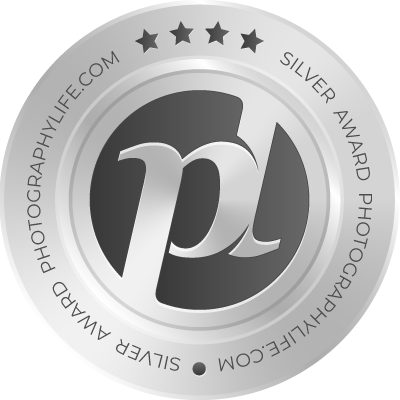Summary
The NEX-7 definitely shook up the market when it was first released, thanks to its rich feature set, small form factor, unique design / ergonomics and a very high resolution 24 MP sensor that had no competitor in the mirrorless market. It has been over two years since the announcement, and the NEX-7 is still holding its ground, with no comparable product that can match its resolution. Such high-resolution APS-C sensors only made their way to SLT and DSLR cameras, but we are still yet to see a mirrorless camera that can truly compete with the NEX-7’s sensor in that regard. So in a way, the Sony NEX-7 can be considered a pioneer, a unique and innovative product, having survived this long. And compared to its competition, the NEX-7 amazingly only dropped $100 in price in these two years, still selling for around $1100 for the body-only version today.
Compare that to the Nikon 1 V1, which was priced at $900 for a basic kit initially, and sold for $300 in just 12 months. Or the Canon EOS M, which initially sold for $800 for a basic kit and is now worth a mere $350! Now that’s what you can call rapid devaluation. The cause is quite simple – when a product does not sell and it sits on shelves of retailers gathering dust for months, that’s what eventually happens to its price. Both Nikon and Canon have been selling their mirrorless cameras in desperation because very few people are buying them. And it is definitely not the case with the NEX-7 – the biggest discount it has gotten so far was a $300 instant rebate, which did not last very long.

Without a doubt, the NEX-7 has created a lot of hype around its name initially and it has been holding up its image ever since. This tells a lot about the quality and the capabilities of the product. If the NEX-7 did not deliver, it would have had a similar fate as other failed mirrorless cameras on the market. Sony has done a good job with the NEX-series cameras and I personally enjoyed using all of them, especially the NEX-6 and the NEX-7. If I were to pick my NEX camera of choice today though, it would be the NEX-6 over the NEX-7. Why is that?
When evaluating the NEX series cameras, I spent quite a bit of time evaluating both the NEX-6 and the NEX-7. My goal was to thoroughly understand where each one excels or loses and which camera ultimately represents a better overall value, irrespective of its price. As I used both more and more, I started to realize that the NEX-7 just did not justify its high-end status. Towards the end, I found myself using the NEX-6 way more than the NEX-7. There were four main reasons for this. First, the NEX-6 has a much more robust hybrid autofocus system that worked better than the older contrast-detect AF system on the NEX-7.
Second, I really liked how Sony implemented the PASM dial on the NEX-6 – it just felt like a small DSLR to me. Third, the ISO standard hot shoe meant that I could use the NEX-6 to trigger standard flash accessories, including my speedlights without having to attach any adapters. That alone was a huge deal for me, because I do quite a bit of studio work. And lastly, 16 megapixels just felt “right” for an APS-C sensor, with very low levels of noise, excellent colors and wide dynamic range. I asked myself a number of times – would I really need 24 MP on a mirrorless system? And my answer was “no” most of the time. If I needed more resolution than 16 MP, my D800 with its amazing 36 MP sensor was there for a reason. So 24 MP just sounded like overkill to me for everyday photography.
With an inferior autofocus system, proprietary hot shoe, higher price tag and no other notable advantages, I just did not see much value in the NEX-7 compared to the NEX-6. Now if I did not have a D800 and I wanted a camera for landscape or architectural photography needs, the NEX-7 would have been my top choice. I would not worry about using flash and the contrast-detect AF on the NEX-7 would have been more than sufficient for my needs. I know a couple of photographers that went with the NEX-7 for those same reasons.
With the upcoming Sony A7r full-frame mirrorless camera and its super high resolution 36 MP sensor, Sony will certainly shake up the market again. Those that were holding up to their D800 cameras just because of the high resolution might consider permanently switching to Sony. The only issue will be lenses – Sony will need to produce a number of high-resolution lenses quickly to meet different demands.
Exciting times!
Sony NEX-7
- Features
- Build Quality
- Focus Speed and Accuracy
- Handling
- Value
- Image Quality
- High ISO Performance
- Size and Weight
- Metering and Exposure
- Movie Recording Features
- Dynamic Range
Photography Life Overall Rating
